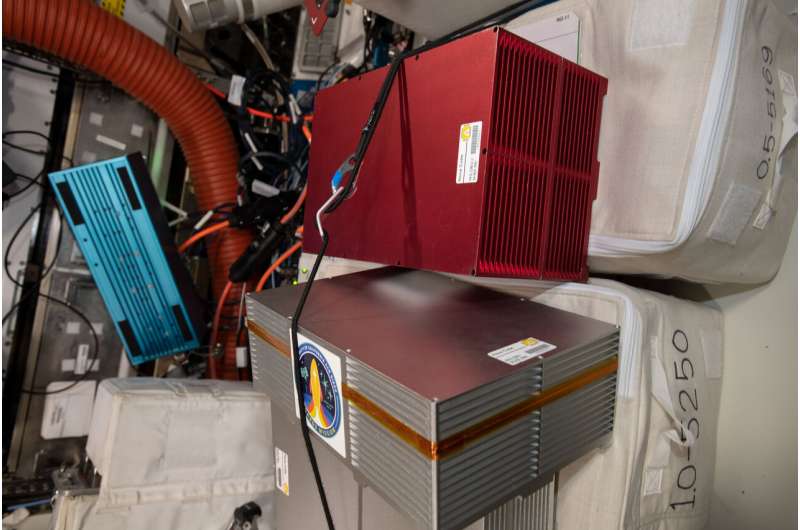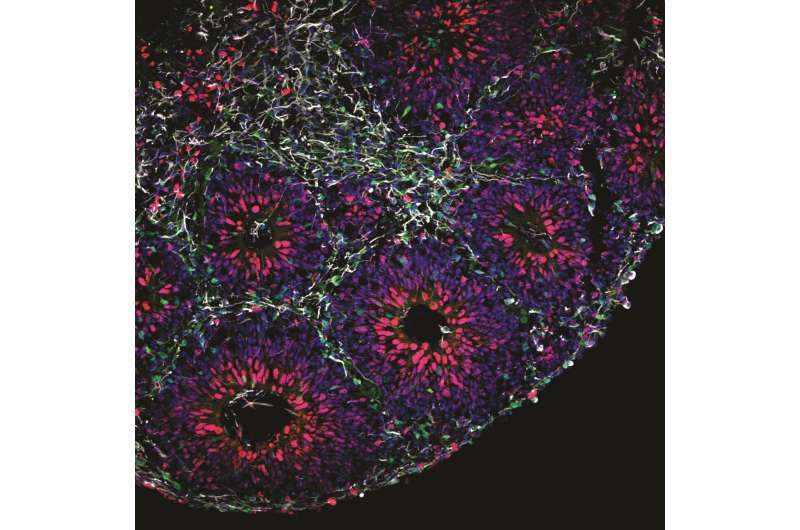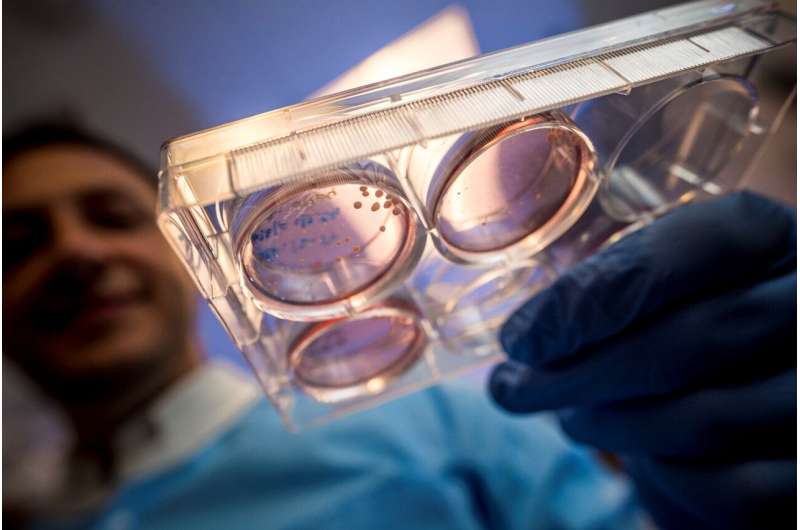Growing a smarter model for brain research in space

Researchers studying neurological diseases face several daunting challenges. For one thing, these conditions may take years or even decades to develop. On top of that, experimenting on the brains of healthy human beings simply is not ethical, and suitable human neurological models have not been readily available.
An investigation that sent brain organoids to the International Space Station may help meet both challenges.
The Effect of Microgravity on Human Brain Organoids (Space Tango-Human Brain Organoids) studies how microgravity affects basic functions of brain cells, including survival, migration and metabolism, and the formation of neural networks. The human brain consists of many of these networks of neurons or nerve cells connected together to transmit and process the information received from our senses.
Brain organoids are small living masses of brain cells that form functional neural networks and self-organize into 3-D structures resembling parts of the human brain. Scientists recently have begun using these organoids for a range of studies on brain function here on Earth. The white, pea-sized structures mimic the early stages of human brain development and provide a model for studying the biological processes involved in neurological disease and aging.
The space-based investigation takes advantage of the fact that in microgravity, the human body experiences changes that resemble accelerated aging. Studies show that artery walls become stiffer and thicker in space, for example, the same as when people grow older on Earth.

"Late onset Alzheimer's, for example, takes 60 or 70 years to develop in an individual," said principal investigator Alysson Muotri, head of a research laboratory at the University of California San Diego in La Jolla. "With organoids in the lab, it might take a similar amount of time. That's a long time to keep these cells alive. If we could speed up the disease development, we could create a model that would allow us to see how problems develop and, perhaps, how to mitigate them."
Organoids model just a fraction of the brain, Muotri explained, yet can mimic some of the organization of brain tissues. "They provide a tool to access the developmental stage of the brain, which is a very important stage for setting up the first wiring of neural networks," he said. "A problem at that stage can affect you for the rest of your life."
When they launched into space in July, the organoids were a month old, a point at which their cells were rapidly proliferating and differentiating, or becoming different types of cells. They stayed on the orbiting laboratory for 27 days before returning to Earth for analysis.
Previous research provides evidence for how some cells and tissues in the body 'age' more quickly in space. These are the first human brain organoids to travel to space, so it is not yet clear how microgravity may affect their development.
At first glance, Muotri says it appears that the space-traveling organoids maintained their shape and may have grown larger. Further analysis could confirm that and identify any changes in their DNA and gene expression.

Caring for organoids during studies that cover months, if not years, can be very time-consuming. The investigation developed special hardware for growing the organoids autonomously, which could greatly simplify their use for research in space and on Earth.
In addition to advancing understanding of the development of diseases affecting the brain, this research is fundamental to protecting human health during space exploration.
"We want to see whether the organoids survive and whether cells replicate and form connections," Muotri said. "This has implications for long term space travel and colonization of future planets."
Muotri says future studies could create new organoids from single cells in space, and others could keep them on the space station longer in order to study later phases of development.
For now, the current investigation advances organoid technology, which helps address challenges involved in learning more about the human brain.
The ISS U.S. National Laboratory sponsored this investigation and Space Tango engineered the hardware for its CubeLabs platform.
Provided by NASA





















